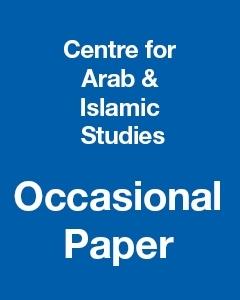
Abstract
The Middle East is in the grip of multiple geopolitical and humanitarian crises. The region is going through major balance of power shifts, perhaps not seen since the disintegration of the Ottoman Empire and the British-French colonial orchestrations nearly a century ago. The old correlation of forces maintaining the status quo has been altering. A set of new alignments along multiple overlapping and contested fault-lines, including sectarian divisions and geopolitical rivalries, is generating favourable conditions for the rise of violent extremist groups; most importantly the Islamic State of Iraq and Syria (ISIS) and its self-declared Khilafat or borderless Islamic State. This has come to redefine the region to such an extent that it has already affected its traditional political and territorial contours. Unless there is regional and international consensus on resolving some of the fundamental problems that have made the region so volatile, extreme political Islamism and conflicts may well continue to shape the regional landscape.